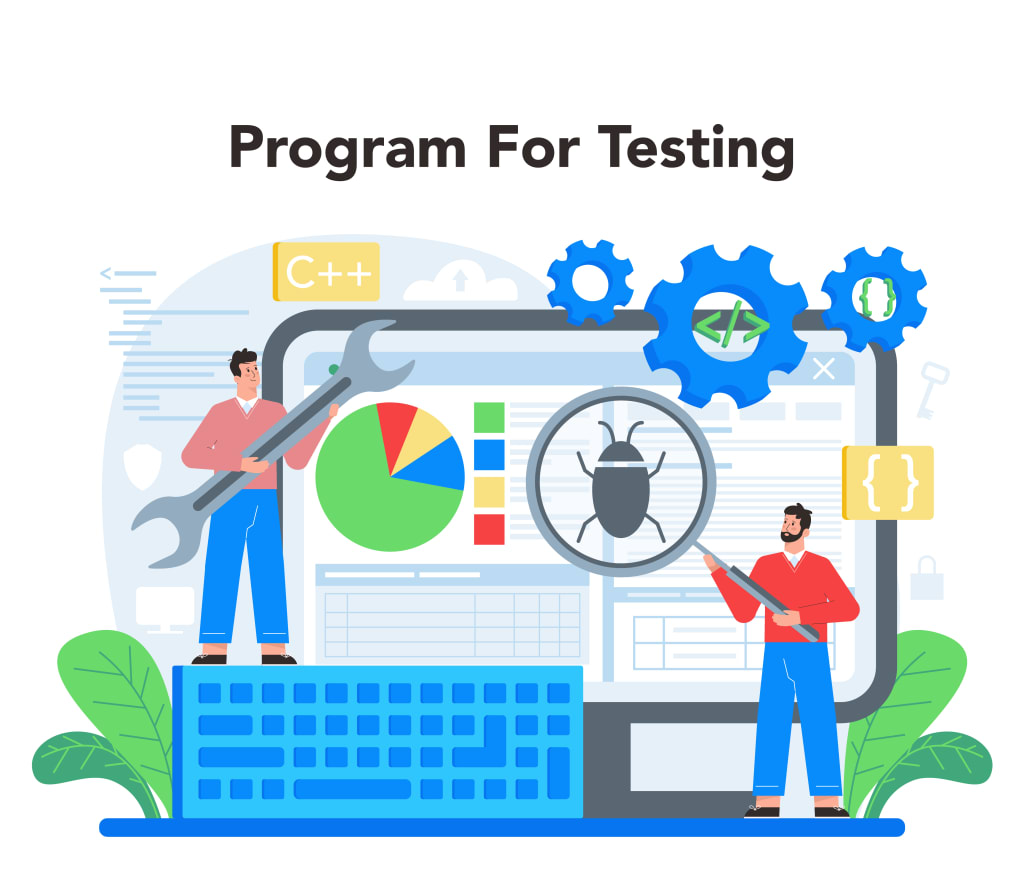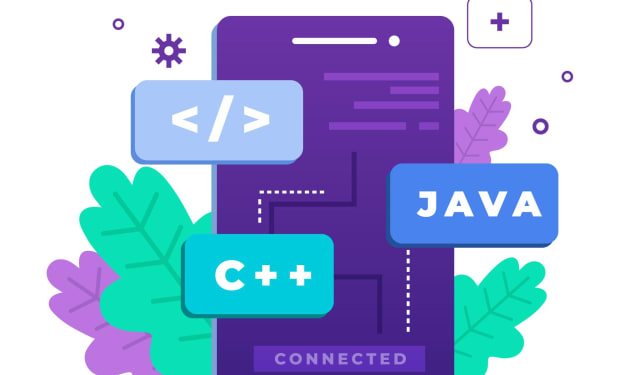Choosing the Right Language for Your Selenium Journey
Hey there, ready for a journey into the world of Selenium Automation Testing? It's like a big digital playground for automation testers. But before you dive in, you've got to decide which programming language to use. Don't worry, I'm here to guide you through it.

Hey there, ready for a journey into the world of Selenium Automation Testing? It's like a big digital playground for automation testers. But before you dive in, you've got to decide which programming language to use. Don't worry, I'm here to guide you through it.
Think of programming languages as bridges on the internet. Each one has its own strengths and quirks, attracting different types of explorers. Let's take a closer look at these languages!
Python: The Easy Choice
Python is like a friendly snake, wrapping around the hearts of many testers. It's simple, almost like reading poetry. Beginners find it easy to use, and there's a big community always ready to help. With Python, you can smoothly handle tasks using cool tools like Selenium Dev and Beautiful Soup.
Just be aware, Python changes quickly. New versions come out, so you need to keep up. It's flexible, but sometimes people end up with messy code, so be careful.
Java: The Strong and Steady One
Java is like a big, strong tree. It's been around for a while and is great for big projects. Java has tools like TestNG and JUnit, making it powerful. Lots of developers use it, so there's a ton of help available.
But learning Java might be a bit tough for beginners. It can feel like dealing with old, complicated stuff. Stick with it, though, and you'll have a language that can handle anything.
JavaScript: The Quick and Nimble
JavaScript is like a ninja moving through the web quietly. It's perfect for controlling browsers precisely. Plus, it works seamlessly with popular frameworks like Angular and React.
But be careful. JavaScript is fast and flexible, but it can be tricky to handle. It changes a lot, so you need to stay on your toes. Master it, though, and you'll be a pro at controlling the web.
C#: The Reliable Companion
C# is like a knight in shining armor, bringing elegance and structure to the table. It's good for building organized automation tools, especially with Visual Studio helping out.
However, learning C# can be a bit tough, and it's closely tied to Microsoft stuff. But if you like a neat and powerful style, C# is there for you.
Beyond the Usual: Trying Ruby and Go
Our journey doesn't stop here! There are other languages like Ruby and Go, each with its own cool stuff and challenges. Remember, the best language is the one that fits your goals. Try different ones and see which one clicks with you.
More than Code: Adding the Human Touch
But wait, don't forget about the human touch! Automation is just one part of the puzzle. Your keen eye, understanding of users, and creative thinking are super important. So, while you pick your programming language, always remember your own creativity is your secret weapon.
With the right language and mindset, you'll be rocking the world of web automation in no time. Go ahead, brave tester, and conquer the digital world! Just don't forget to bring your curiosity, persistence, and a touch of human magic.
What Are The Limitations of Selenium Testing?
Exploring the Boundaries: Understanding the Downsides of Selenium Testing. As we embark on our Selenium journey, it's essential to be aware of its limitations. While Selenium is a fantastic tool for web automation, it does have a few drawbacks.
- Browser Compatibility: Selenium struggles with providing consistent support across various browsers. What works seamlessly in one browser might encounter issues in another, making cross-browser testing a challenge.
- Limited Support for Windows-Based Applications: If your testing involves Windows applications, Selenium might not be the ideal choice. Its focus is primarily on web-based applications.
- Steep Learning Curve: For beginners, Selenium can be a bit daunting. Setting it up and mastering its intricacies may take time, and novices might find it challenging to navigate.
- No Built-in Reporting: Selenium lacks built-in reporting features. Test results are often viewed through logs, which may not be as user-friendly or visually appealing as dedicated reporting tools.
However, despite these limitations, Selenium remains a powerful tool in the automation testing arsenal, especially when used judiciously.
Is Selenium Better with JAVA or Python?
Choosing Your Selenium Sidekick: Java vs. Python Showdown. One of the pivotal decisions in your Selenium journey is selecting the programming language. Let's delve into the classic debate: Java or Python?
Java:
- Pros:
- Stability: Java is known for its stability and robustness, making it a solid choice for large-scale projects.
- Rich Ecosystem: It boasts a vast ecosystem with frameworks like TestNG and JUnit, providing comprehensive testing capabilities.
- Community Support: With a large community, Java offers extensive resources and solutions for common issues.
Cons:
- Learning Curve: Java might be challenging for beginners due to its steep learning curve.
- Verbose Code: Some find Java code verbose, akin to dealing with complex ancient scrolls.
Python:
Pros:
- Ease of Learning: Python's simplicity is a significant advantage, making it accessible for beginners.
- Clean Syntax: The clean and readable syntax of Python reduces the chances of writing convoluted code.
- Versatility: Python's versatility extends beyond testing, making it useful for various projects.
Cons:
- Speed: Python can be slower than Java in execution speed.
- Less Strict: Its flexibility can lead to less strict coding practices.
Ultimately, the choice between Java and Python depends on your project requirements, team expertise, and personal preferences.
Which Software is Best for Automation Testing?
In the vast ocean of automation testing tools, finding the right software is crucial. Let's explore some contenders that stand out:
Selenium:
- Pros: Widely adopted, supports multiple programming languages, and excellent for web application testing.
- Cons: Requires additional tools for certain functionalities, and lacks built-in reporting features.
Appium:
- Pros: Ideal for mobile application testing (iOS and Android), supports multiple languages.
- Cons: Setup can be complex, and it focuses primarily on mobile testing.
Cypress:
- Pros: Fast and reliable, provides real-time reloading, and great for front-end testing.
- Cons: Limited support for multiple browser testing.
TestComplete:
- Pros: Offers a comprehensive set of features, supports various applications, and has a user-friendly interface.
- Cons: Requires a paid license, and the learning curve can be steep for beginners.
Jenkins:
- Pros: Excellent for continuous integration and continuous delivery (CI/CD) processes.
- Cons: Configuration can be complex, and it's more of an automation server than a testing tool.
Choosing the best software depends on your specific needs, the type of applications you're testing, and your team's expertise. It's essential to evaluate each tool's strengths and weaknesses to make an informed decision.
About the Creator
Rushil Bhuptani
Rushil Bhuptani is an entrepreneur and IT solutions specialist with over 11 years of expertise as a web and mobile app development company leader. Let's chat about technologies and innovations to build something awesome!






Comments
Rushil Bhuptani is not accepting comments at the moment
Want to show your support? Send them a one-off tip.